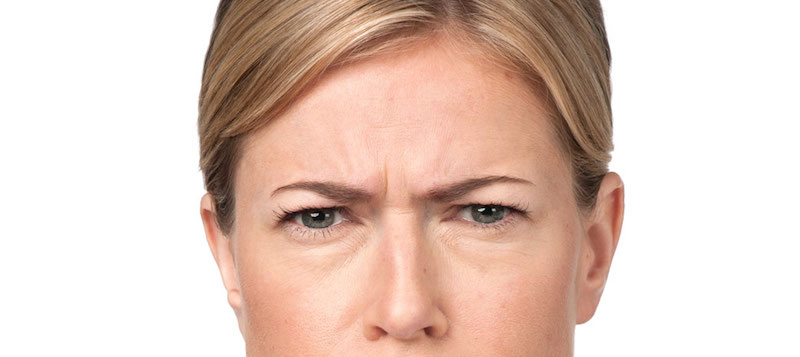Our body is a very complex mechanism where every individual organ is important. Everybody knows about how essential kidneys, stomachs, hearts, arteries, and veins are, but here are 9 body parts whose importance is often overlooked and underestimated.
1. Tragus and Antitragus
These small parts of your ears are very important. The Tragus amplifies sounds that are coming from behind your head by sending vibrations through the cartilage directly into your ear. Similarly, the Antitragus “captures” sounds that are coming from the front.

2. Hyoid Bone
The hyoid bone is the only bone in your body that isn’t connected to any other bones. Instead, it’s surrounded by muscle tissue. The presence of the hyoid bone in our throat is what allows humans to have a much wider vocal range (up to four octaves in some special cases!). All other animals simply rely on their vocal cords to produce sounds, but we have this extra little helper.

3. Glabella
The skin between your eyebrows covers the glabella muscle. This muscle serves two main purposes. The first gives you ability to move your eyebrows and forehead (allowing you to frown). The second is that the glabella sensitivity is what helps protect your eyes. Sudden contact with the glabella causes people to want to blink. So, if you tap your finger you’ll feel like blinking. Similarly, if a fly, large raindrop, or numerous particles hit your glabella – you will blink to temporarily protect your eyes from foreign particles.

4. The Frenulum
The frenulum is a small piece of tissue that connects your tongue to the rest of your mouth. That’s the only purpose it serves, but it’s very important. The frenulum limits your tongues flexibility, which ensures that you don’t choke by accidentally swallowing your tongue. Fun Fact: the frenulum does not like foreign elements and grows “around” them – pushing them out. This is why (more often than not) frenulum piercings simply fall out after several days or weeks.

5. Nail Cuticles
Nail cuticles are thick and hardened layers of skin at the base of your fingernails. Their main purpose is to protect you from nail infections, since new nail tissue is constantly being created right underneath them. If you’ve ever gotten a manicure by an inattentive or sloppy nail artist you’ll know that this sturdy roof over your nail factory bleeds like crazy when cut. This somewhat excessive blood flow is there to provide your nails with all the nutrients and calcium that is necessary for healthy nails.

6. The Pituitary
This tiny bit looks like… Well, you see it, so no need to explain. It’s one of the smallest parts of our body (roughly the size and weight of a single pea), but it controls the release of hormones that are absolutely essential to our happiness and survival. It controls our blood pressure, our sex organs, our metabolism, as well as temperature regulation and the concentration of water and salt in our body.

7. Tonsils
Either you or somebody you know has had their tonsils removed. This creates a common misconceptions that tonsils are a remnant of an old evolutionary need that is no longer present today. However, that is not the case. Tonsils are your mouth and throat first layer of protection against bacteria and viruses. It’s their job to capture them and kill them. Of course, it’s completely possible to have a healthy immune system without them, but removing this first layer of defense makes things slightly more difficult for the rest of your body.

8. Philtrum
The small concave bit under your nose is present in many animals. Most of them keep that bit of their face wet because it helps them amplify their sense of smell. However, people no longer rely on their sense of smell as much, which is why that bit is not longer moist. However, it causes us no harm, so there has been no evolutionary need for the philtrum to disappear.

9. The Big Toe
The location and shape of the big toe is what allows humans to stand upright for long periods of time. It’s size and rounded shape allow it to bear a lot of weight without causing pain. While it’s still completely possible to maintain balance without a big toe, the pressure applied to the balls of the feet and smaller toes causes pain over long periods of time. It’s worth to note that wearing shoes that are too tight and small may cause deformations, which (in the long run) can make long walks and prolonged periods of standing very unpleasant. Interesting Fact: Michael Jordan nearly chopped off his big toe with an axe when he was young. Thankfully for the Chicago Bulls, he was quickly taken to the hospital where doctors managed to stitch it back in time!

